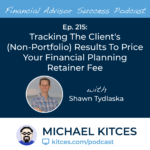
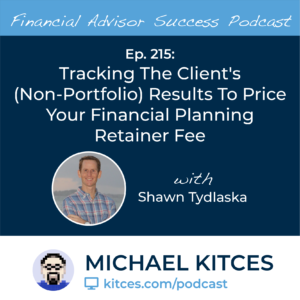 Welcome back to the 215th episode of the Financial Advisor Success Podcast!
Welcome back to the 215th episode of the Financial Advisor Success Podcast!
My guest on today's podcast is Shawn Tydlaska. Shawn is the founder of Ballast Point Financial Planning, an independent RIA based in the San Francisco Bay Area that services over 100 high-income young professionals. What's unique about Shawn though is the way he's built his advisory firm with a blended model of a minimum of $5,000 annual retainer fee paid monthly, plus an additional fee of 10 basis points of net worth above 2 million to adjust his pricing upwards for his affluent and most complex clients.
In this episode, we talk in-depth about how Shawn structures his services to charge a $5000-plus annual retainer fee for young professional clients who may have portfolios simply outsourced to Betterment, why the households balance sheet, cash flow, and credit score forms the basis of his planning process with clients, the annual service calendar he built on a rotating two-year cycle to actually show clients what he'll be doing for them on an ongoing basis, and the results-thus-far tracking system that Shawn put in place to actually calculate that he was generating more than $437 a month of average value for his ongoing clients and giving him the confidence to raise his advisory fee minimums.
We also talked about how Shawn has managed to build so quickly to 117 ongoing clients in under 5 years, the find-an-advisor websites that Shawn got himself listed on to get some initial clients early on, how clients who took it upon themselves to leave Shawn's reviews on Yelp ended up driving significant growth for the firm, and why Shawn recently decided to take out $150,000 SBA loan to accelerate hiring more team members even as the pandemic did cause an uptick in his client attrition.
And be certain to listen to the end where Shawn shares the challenge of working with younger clients who graduate from using his services once they build their own financial foundation, why the retainer fee model with younger clients can achieve 90%-plus retention rates but may still struggle to reach the retention rate of the AUM model, and why Shawn is looking to add in-house tax preparation for his top clients as a way to further deepen the relationship and stickiness of his top clients.
So whether you’re interested in learning more about how Shawn uses his results-thus-far tracking to show the actual value he provides to clients, what his client service calendar looks like, or how he uses tax planning to increase his client retention rates, then we hope you enjoy this episode of the Financial Advisor Success podcast.


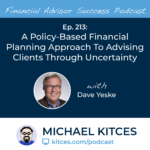
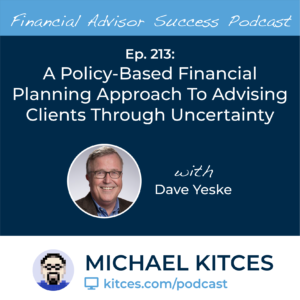 Welcome back to the 213th episode of the Financial Advisor Success Podcast!
Welcome back to the 213th episode of the Financial Advisor Success Podcast!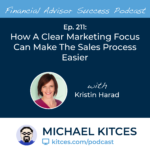
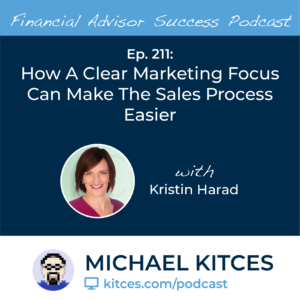 Welcome back to the 211th episode of the Financial Advisor Success Podcast!
Welcome back to the 211th episode of the Financial Advisor Success Podcast!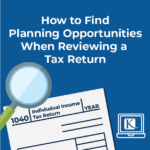
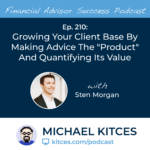
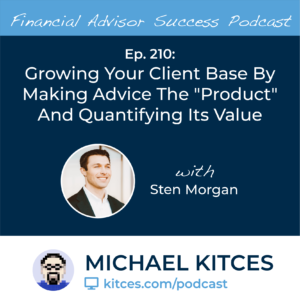 Welcome back to the 210th episode of the Financial Advisor Success Podcast!
Welcome back to the 210th episode of the Financial Advisor Success Podcast!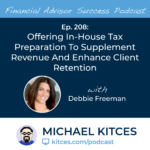
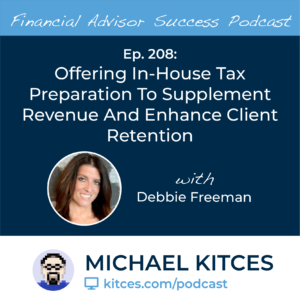 Welcome back to the 208th episode of the Financial Advisor Success Podcast!
Welcome back to the 208th episode of the Financial Advisor Success Podcast!

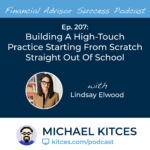
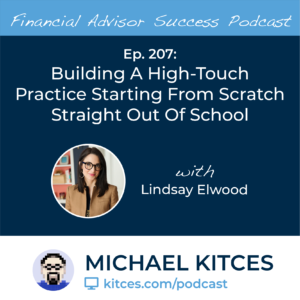 Welcome back to the 207th episode of the Financial Advisor Success Podcast!
Welcome back to the 207th episode of the Financial Advisor Success Podcast!
